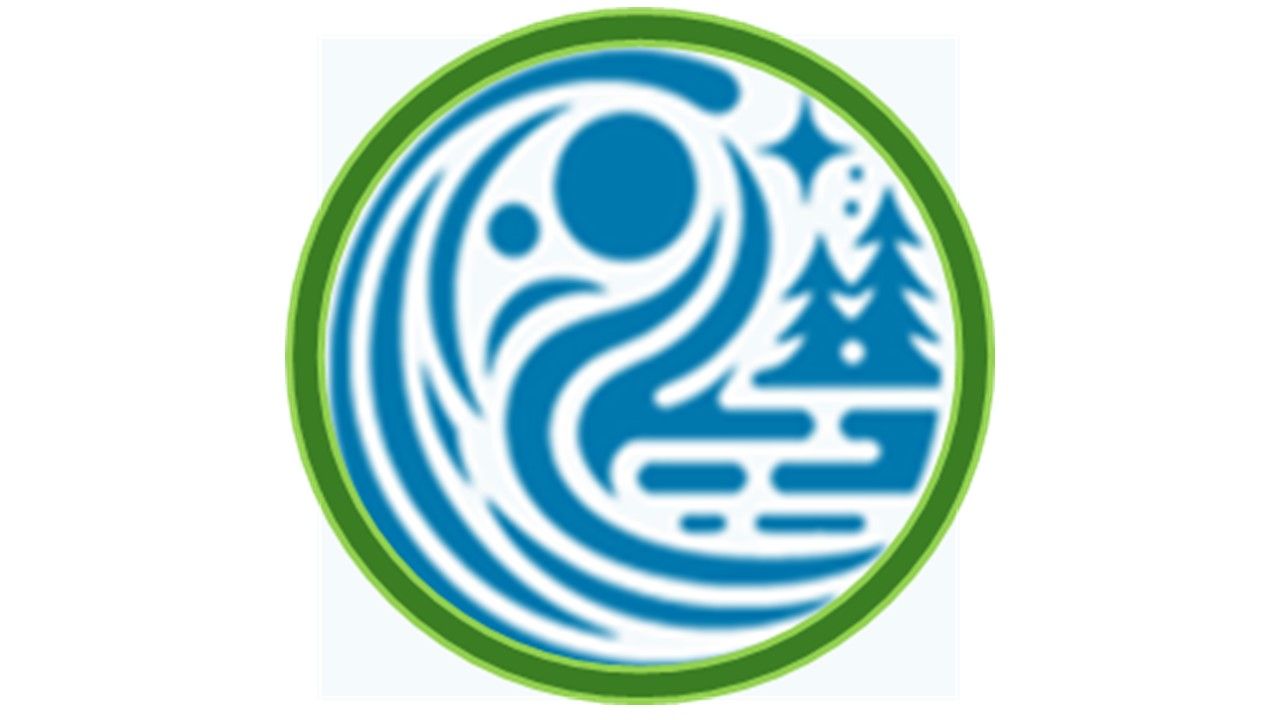Common Misconceptions About Indigenous Communities in Canada
Introduction
Indigenous communities in Canada are rich with culture, history, and tradition. However, there are many misconceptions that persist about these communities. Understanding and correcting these misconceptions is crucial for fostering mutual respect and collaboration. In this post, we will explore some common myths and provide factual insights.

Indigenous Communities Are Homogeneous
One of the most prevalent misconceptions is that all Indigenous communities are the same. In reality, Canada is home to over 600 distinct Indigenous nations, each with its own languages, traditions, and customs. These communities are incredibly diverse and cannot be generalized into a single group.
Language Diversity
Indigenous languages in Canada are incredibly varied. There are more than 70 distinct languages spoken across the nation. Each language represents a unique cultural heritage and worldview. Efforts are ongoing to preserve and revitalize these languages, recognizing their importance in cultural identity.

Indigenous Peoples Live Only on Reserves
Another common misconception is that Indigenous people only live on reserves. While reserves are an important aspect of Indigenous life for some, many Indigenous people live in urban and rural areas across Canada. In fact, the majority of Indigenous Canadians now reside in cities, where they contribute to diverse communities.
Urban Indigenous Communities
Urban Indigenous communities are growing and vibrant. They maintain cultural connections while integrating into broader society. This urban presence challenges stereotypes and highlights the adaptability and resilience of Indigenous peoples.

Indigenous Traditions Are Static
A misconception persists that Indigenous traditions are static and unchanging. In truth, Indigenous cultures are dynamic, evolving over time while maintaining core values. They incorporate new elements and adapt to changing circumstances, showcasing their resilience and ingenuity.
Innovation in Tradition
Many Indigenous artists and creators blend traditional techniques with contemporary influences, creating innovative expressions that honor their heritage while engaging with modern contexts. This evolution is a testament to the vitality of Indigenous cultures.

Conclusion
Challenging misconceptions about Indigenous communities is essential for building a more inclusive and respectful society. By acknowledging the diversity, adaptability, and contributions of Indigenous peoples, we can foster greater understanding and collaboration. It is our responsibility to educate ourselves and others to move towards reconciliation and shared prosperity.
